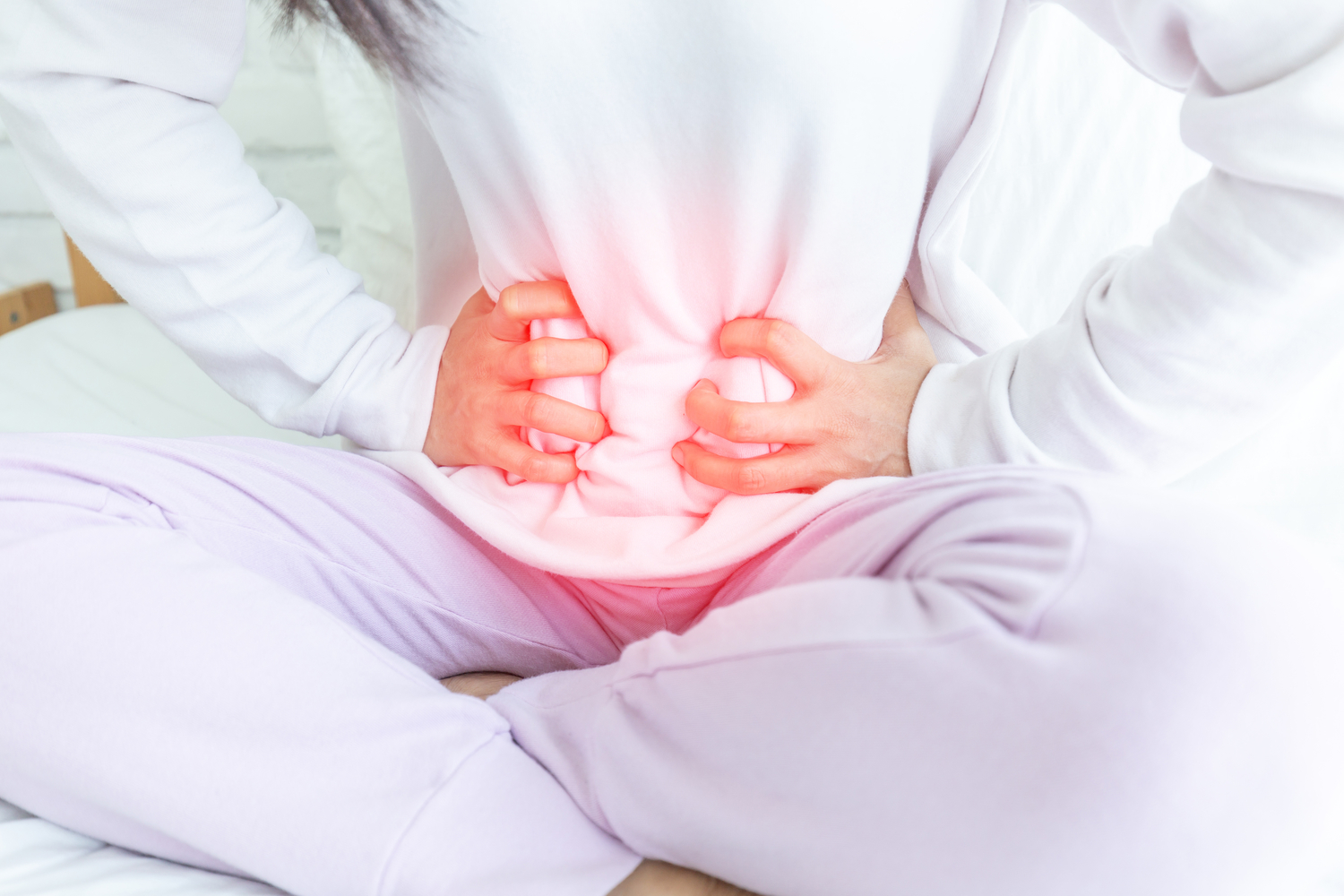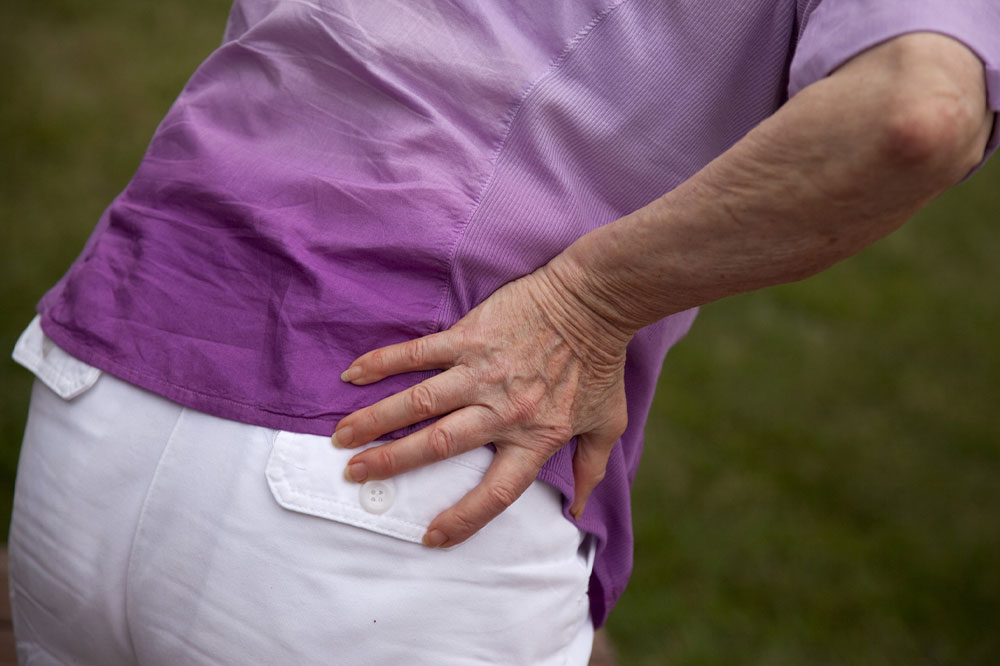Effective Strategies for Addressing Bladder Prolapse
This article explores the various treatment options for bladder prolapse, including lifestyle changes, pelvic exercises, pessaries, and surgery. It details the symptoms, causes, and different severity grades of prolapse, offering guidance for effective management and recovery.
Sponsored

Understanding and Managing Bladder Prolapse
Overview of Bladder Prolapse Treatment Options
The urinary bladder, a muscular organ behind the pubic bone, stores urine. In women, the anterior vaginal wall supports the bladder, but with age, this support may weaken. Continued deterioration can cause the bladder to descend, leading to prolapse. This article discusses bladder prolapse, its symptoms, causes, and available treatments.
What is Bladder Prolapse?
Bladder prolapse occurs when the bladder protrudes into the front vaginal wall.
This results from weakening of the supportive tissues in women.
The protruding bladder can descend into the vagina.
In advanced cases, it may extend outside the vaginal opening.
Grades of Bladder Prolapse
Grade 1: Mild; the bladder slightly droops into the vagina, often requiring minimal intervention.
Grade 2: Moderate; the bladder sags down to the vaginal opening.
Grade 3: Severe; the bladder protrudes externally through the vaginal opening.
Grade 4: Complete prolapse where the bladder fully protrudes outside the vagina, often with other pelvic organ issues.
Causes of Bladder Prolapse
Chronic strain: Activities like heavy lifting, persistent coughing, or bowel straining can weaken pelvic muscles.
Vaginal delivery: Multiple or assisted births stretch pelvic support tissues, increasing risk.
Menopause: Reduced estrogen levels weaken vaginal tissues and muscles.
Previous pelvic surgeries: Operations such as hysterectomy may influence bladder support.
Aging and obesity: Both contribute to weakened pelvic muscles and increased prolapse risk.
Signs and Symptoms
Persistent vaginal pressure or bulge
Discomfort in pelvic area
Lower abdominal pain while sitting
Urination difficulties
Tissue protruding from the vagina, sometimes bleeding
Feeling of incomplete bladder emptying
Painful intercourse
Frequent urinary infections
Lower back pain
Available Treatment Methods
Mild cases: Lifestyle modifications such as weight loss, managing constipation, refining posture, treating coughing, and avoiding heavy lifting help prevent progression.
Moderate cases: Pelvic floor exercises are effective. Vaginal pessaries can provide support and delay the need for surgery, suitable for women of all ages.
Severe cases: Surgical intervention is recommended. Postoperative rest of at least six weeks is crucial, with restrictions on heavy lifting and strenuous activities until healing is complete.






